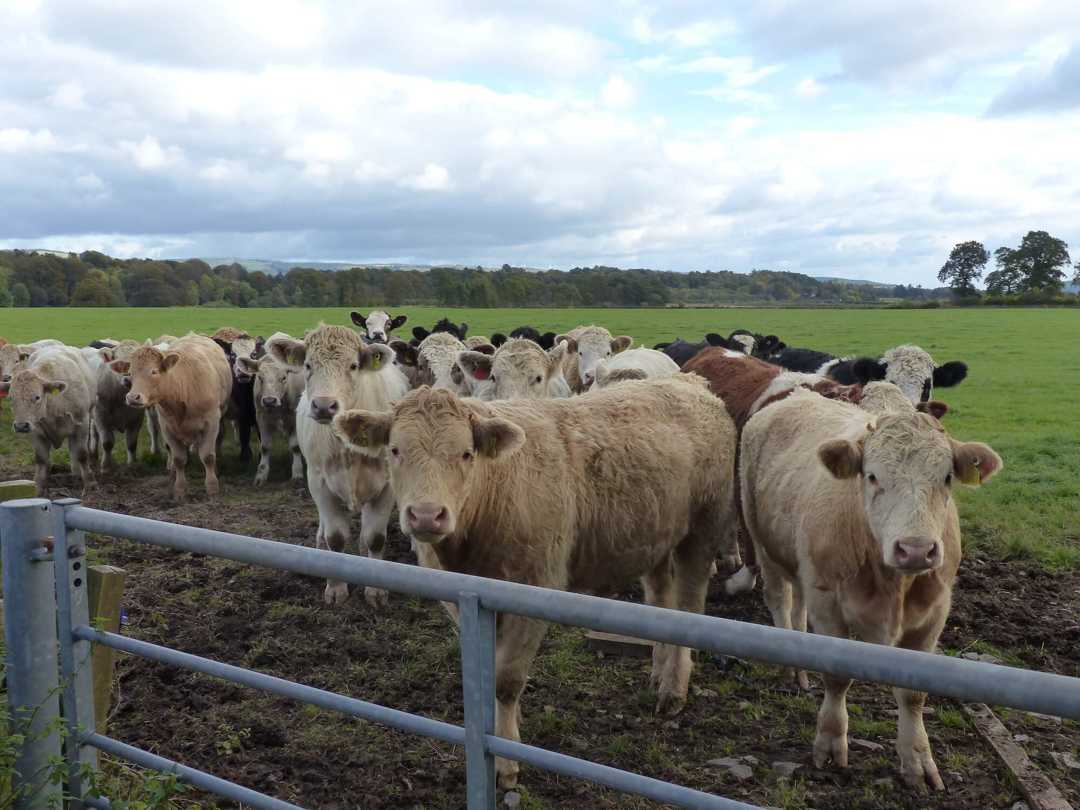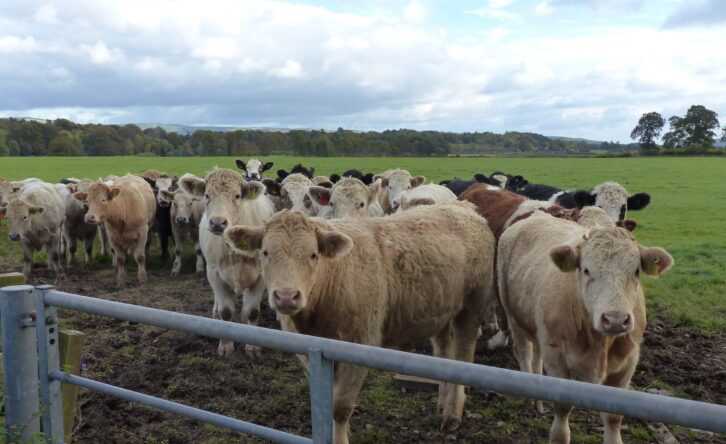As we embark on a new culinary era in 2024, the fresh meat industry takes centre stage in crafting innovative and sustainable menus.
Planning menus that showcase the finest cuts while considering evolving consumer preferences and global trends requires a strategic approach. This guide dives into our key tips for planning menus with fresh meat in mind, ensuring culinary success in the dynamic landscape of 2024.
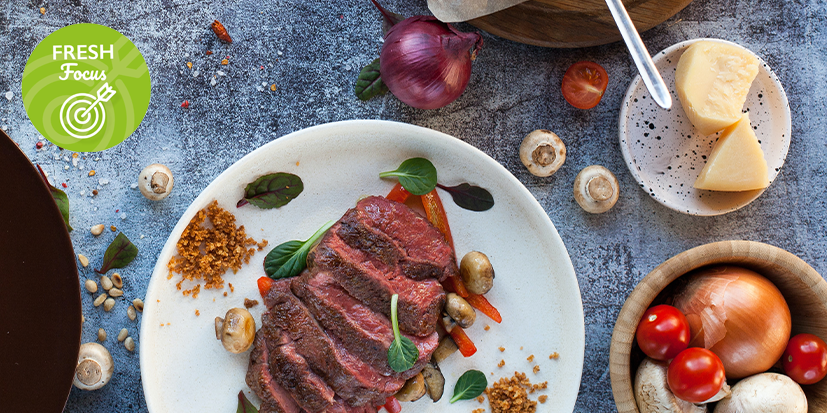
1. Embrace Sustainable Sourcing
In a time where sustainability is paramount, prioritise ethically sourced and sustainable meats. Collaborate with suppliers committed to responsible farming practices, ensuring the well-being of animals and minimising environmental impact. Highlight these practices on your menu to resonate with environmentally conscious consumers.
2. Follow Seasonal Trends
Align your menu with the seasons to capitalise on the freshest produce and optimise cost-effectiveness. Incorporate seasonal fruits and vegetables, alongside fresh meat and allow the complementary flavours to enhance the overall dining experience. This not only adds variety but also demonstrates a commitment to utilising ingredients at their peak.
3. Craft Versatile Menus
Create versatile menus that cater to diverse dietary preferences. Include a mix of protein options, such as lean cuts, poultry, plant-based alternatives and dishes where protein isn’t centre of plate for flexitarians (which may also lower the cost per dish/ allow you to offer cheaper menu items). This approach accommodates varying dietary needs, attracting a broader customer base and ensuring the menu remains relevant in an age of diverse eating habits.
4. Leverage Technology for Inventory Management
Embrace cutting-edge technology for efficient stock management. Implement inventory management software to monitor meat stock levels, track expiration dates, and streamline ordering processes. This not only prevents waste but also ensures you consistently offer the freshest meat to your diners.
5. Emphasise Local and Artisanal Offerings
Celebrate local flavours and support regional farmers by incorporating local and artisanal meats into your menu. We are extremely passionate about local sourcing and buy from local and regional suppliers as much as possible. Our haggis, for example, is sourced from a producer just a few miles from our Bonnyrigg depot! Highlighting the unique characteristics of locally sourced meats adds a distinctive touch, attracting customers who appreciate the importance of community-driven, quality ingredients.
6. Incorporate Global Influences
Infuse global inspirations into your meat-centric menus to offer an adventurous culinary experience. Experiment with international spices, cooking techniques, and marinades to create signature dishes that transport diners around the world. One of the most prominent food trends of 2024 is ‘flavours less travelled’. It is believed to have come about as a result of travel restrictions during the pandemic, which meant that food was one of the few ways people could experience different cultures. Caribbean, Mexican, and Eastern European cuisines such as Polish, Hungarian and Romanian are particularly stealing the spotlight, offering a vibrant and spicy escape from the ordinary. As well as adding to the excitement of the menu, it caters to the growing demand for diverse and globally inspired cuisine.
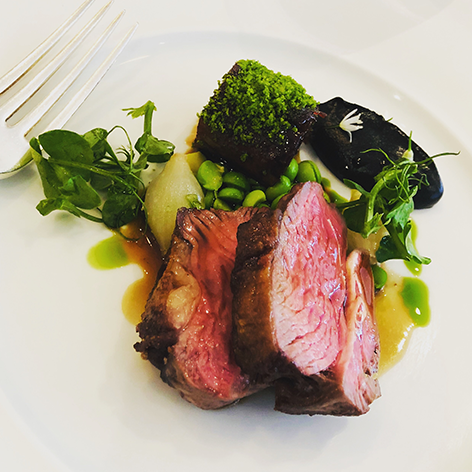
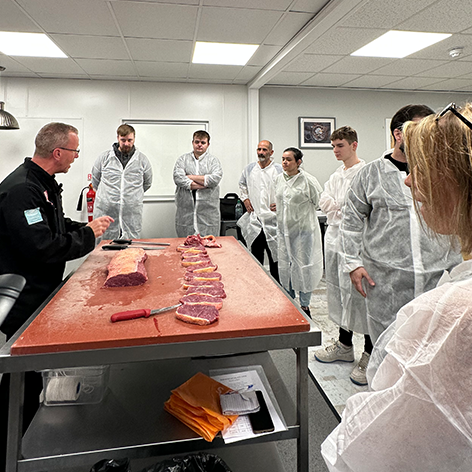
7. Prioritise Health and Wellness
Reflecting the increasing emphasis on health and wellness, design menus that offer a holistic approach to eating by balancing indulgence with nutritional value. Offer lean protein options, explore cooking methods that retain nutritional benefits, and incorporate foods that contribute to cognitive function and emotional well-being to create dishes that align with health-conscious consumer preferences.
8. Collaborate with Chefs and Experts
Engage in collaborative efforts with other chefs and culinary experts to bring fresh perspectives to your menu planning. At Campbell Brothers, we frequently host workshops and development days for our customers. During these days we can aid in the development of in-season menus according to current trends to enhance culinary offerings. We provide you the opportunity to have open discussions with our chefs, buyers, and fresh experts to inspire your menu and ignite your creativity. Frequent communication between suppliers of fresh meat and chefs helps to better understand supply chain difficulties, impending trends, and seasonal swings. This not only fosters great partnership engagement but also elevates your menu with unique culinary insights.
9. Stay Informed on Culinary Trends
Regularly update your culinary knowledge by staying informed about the latest industry trends. Attend industry events, follow culinary blogs, and engage with social media platforms to understand emerging preferences, cooking techniques, and presentation styles. This proactive approach of social listening ensures your menu remains relevant and appealing to contemporary tastes.
10. Implement Consumer Feedback Mechanisms
Establish effective channels for customer feedback to gauge the success of your menu offerings. Encourage patrons to share their opinions through surveys, social media, or direct communication. Analysing feedback allows you to make informed adjustments, ensuring your menu evolves based on consumer preferences and expectations.
Planning menus in the fresh meat industry requires a strategic blend of sustainability, innovation, and consumer engagement. Embrace the richness of locally sourced, ethically produced meats, infuse global influences, and leverage technology for efficient stock management. By staying attuned to culinary trends and prioritising customer feedback, you can create menus that not only meet but exceed expectations, setting the stage for a successful and dynamic culinary journey for 2024, and beyond.
Our team are on hand to support you and discuss your requirements in order to provide the best fresh ingredients for your dishes.
Follow us on social media for regular updates on Instagram, LinkedIn, Twitter and Facebook

